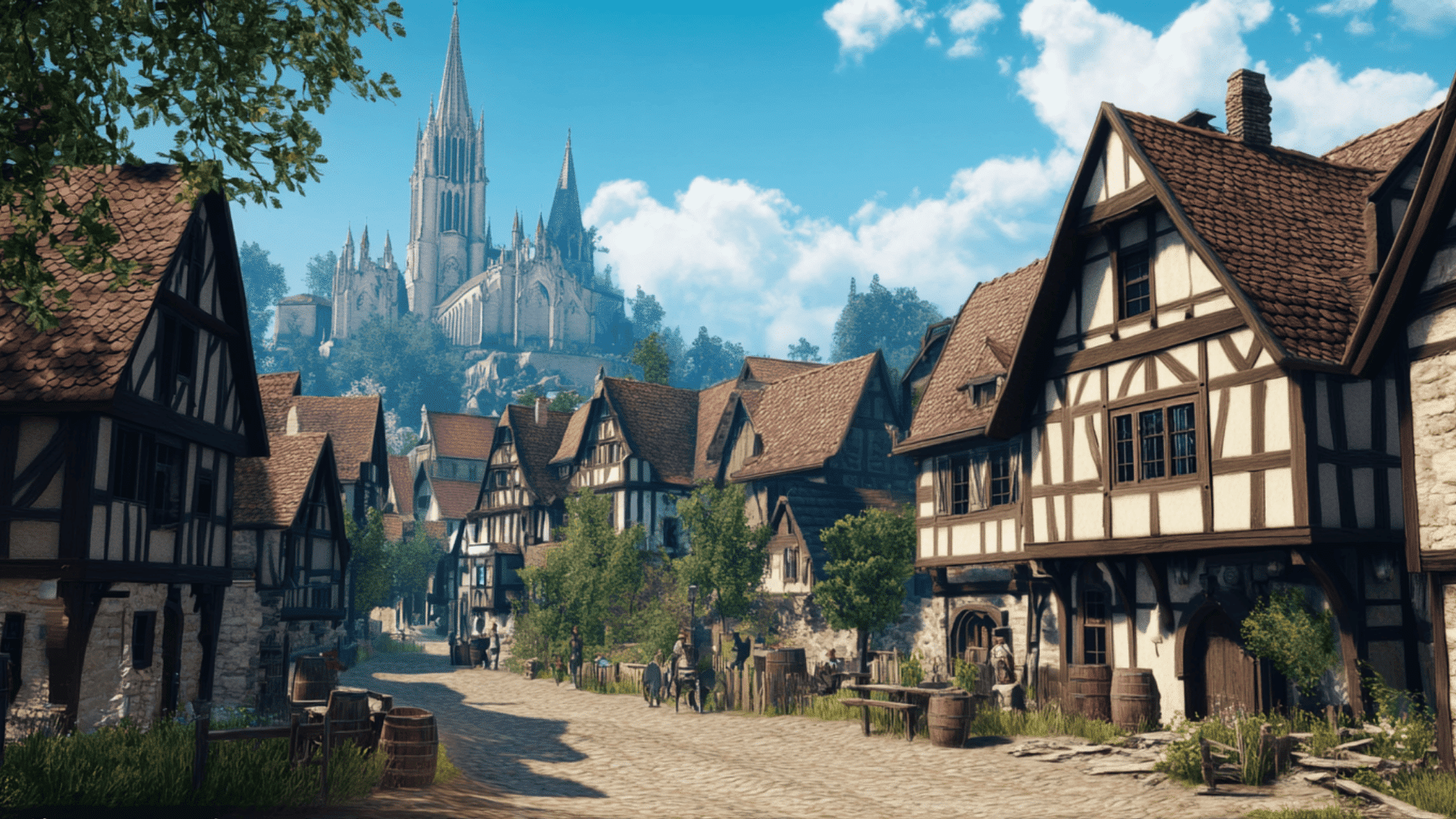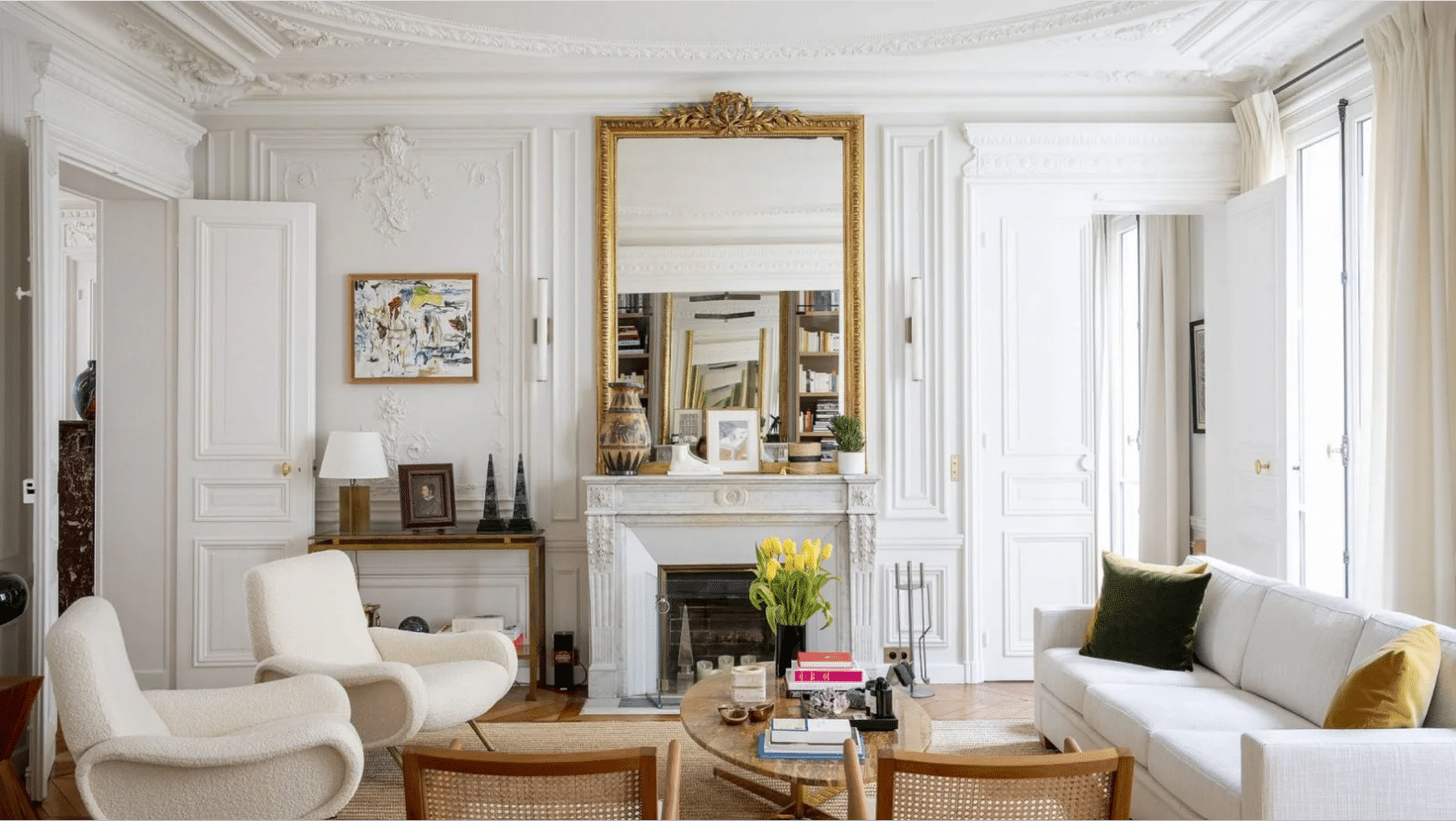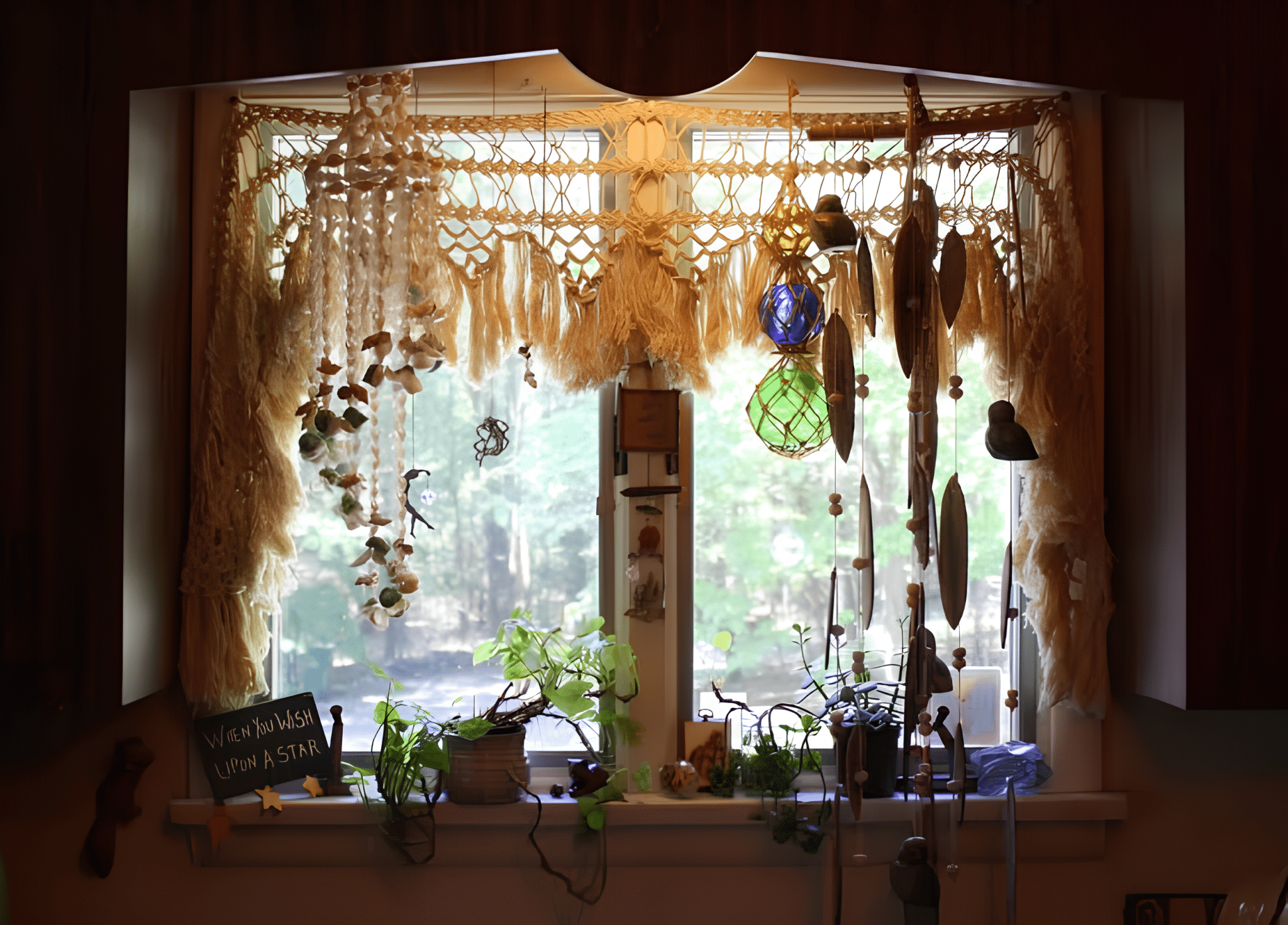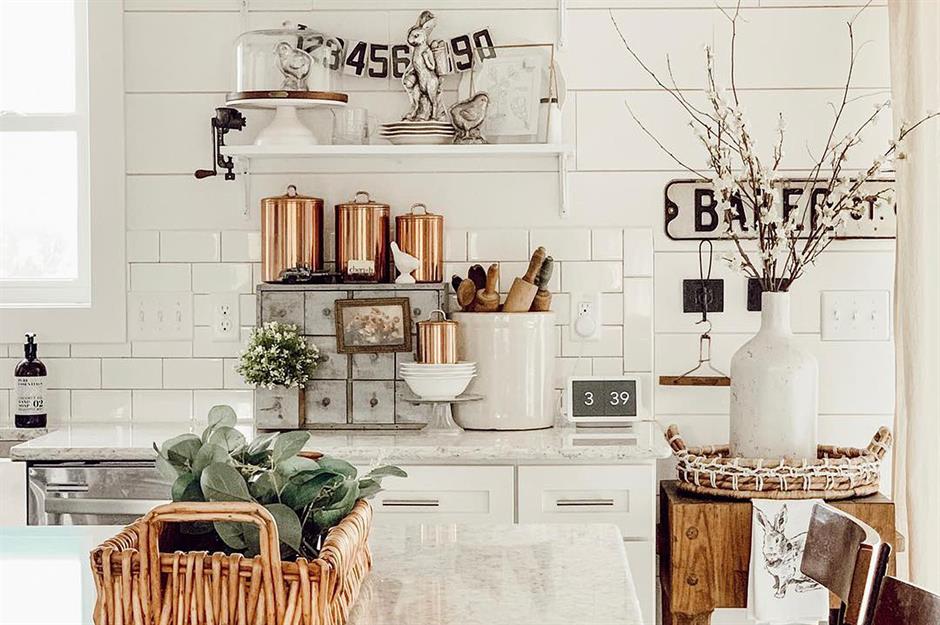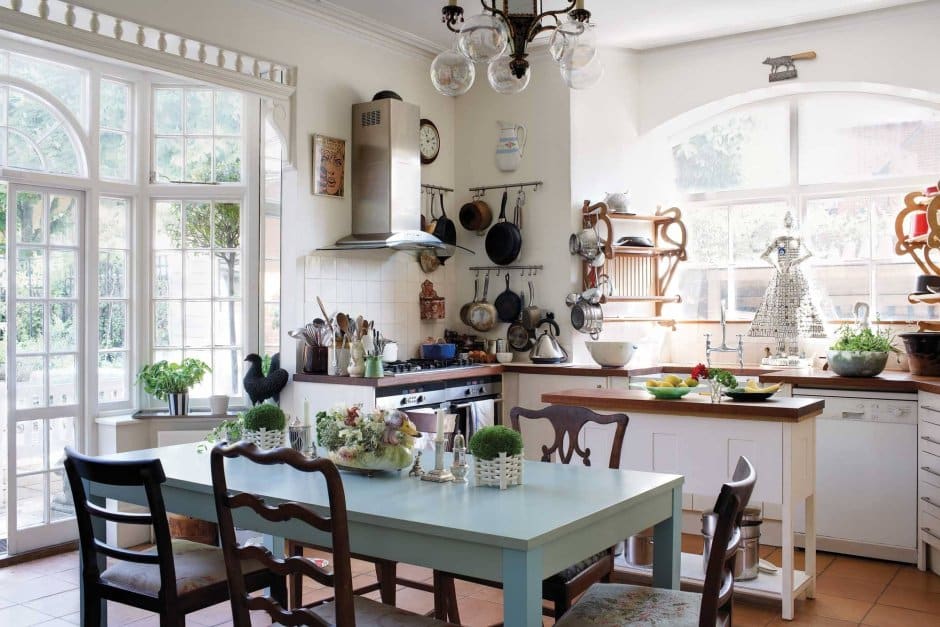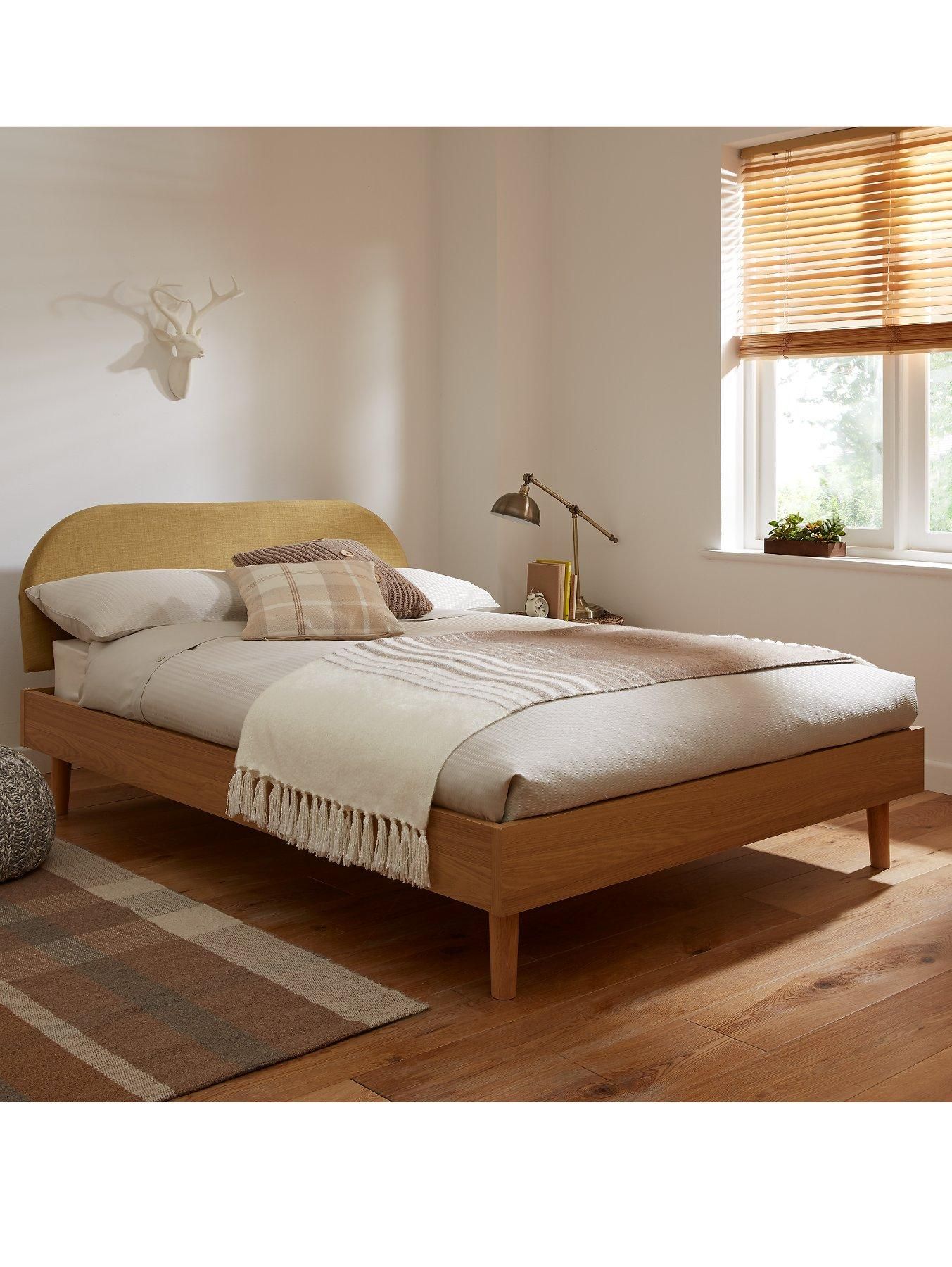Old German Architecture and Notable Landmarks
Have you ever wondered what makes Germany’s buildings so unique?
The country’s architecture is more than just structures – it’s a living history filled with stories that go back thousands of years.
It ranges from the massive Romanesque churches to the charming half-timbered homes.
As you read on, you’ll learn how the Romanesque style shaped the country’s earliest buildings.
You’ll also see how Gothic cathedrals reach for the skies and why the Baroque period brought so much detail to palaces.
Plus, you’ll find out about the iconic Fachwerk houses that still stand today in charming villages.
Let’s take a closer look at how these designs can inspire your own space or travel plans.
Old German Architecture Through the Ages
Germany’s architecture has evolved over centuries, with each period leaving a unique mark on the country’s landscape.
From the sturdy Roman influences to the grand Gothic cathedrals and the later Baroque and modern styles, each era tells a different story of the nation’s history and culture.
Let’s look at the key architectural styles that have shaped Germany’s rich heritage.
1. Ancient Roman Architecture
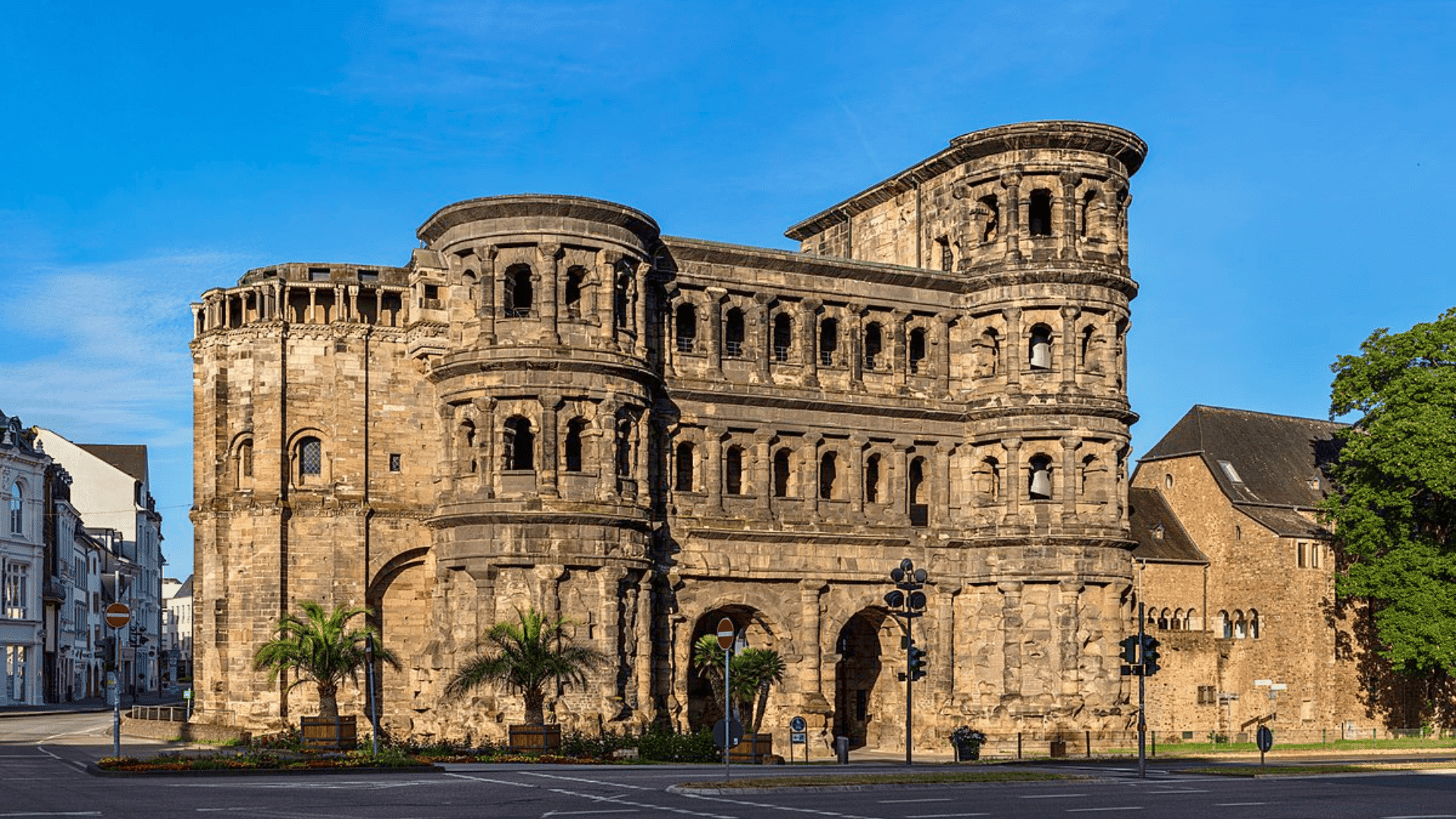
The Romans had a big impact on early German buildings. Trier’s Porta Nigra is one of the best-preserved Roman gates in Germany. It shows how skilled the Romans were at building.
Roman baths, roads, and forts helped shape future German architecture. The Romans used arches and aqueducts, which made their buildings stronger and more useful.
These building methods influenced how later structures were designed. They helped improve the way buildings were made and set the stage for future styles.
2. Romanesque Architecture
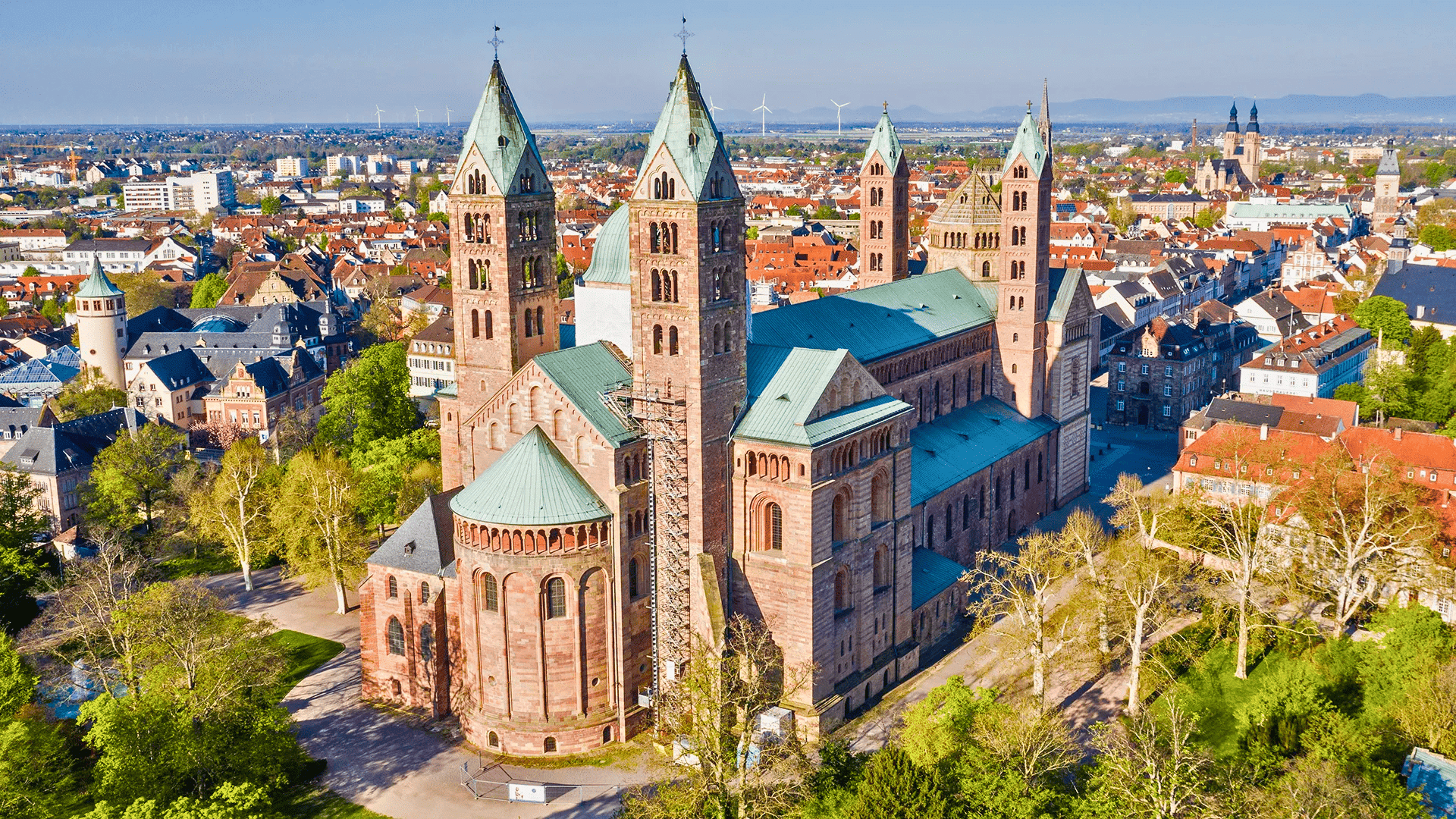
Romanesque architecture is known for thick stone walls, rounded arches, and small windows. It was used in churches, monasteries, and castles during the early Middle Ages.
Romanesque buildings were designed to be strong and long-lasting. Speyer Cathedral and Trier Cathedral are two great examples of this style.
These buildings were huge, with stone walls that made them look solid and powerful. Inside, they often had simple but grand designs that inspired visitors.
3. Gothic Architecture
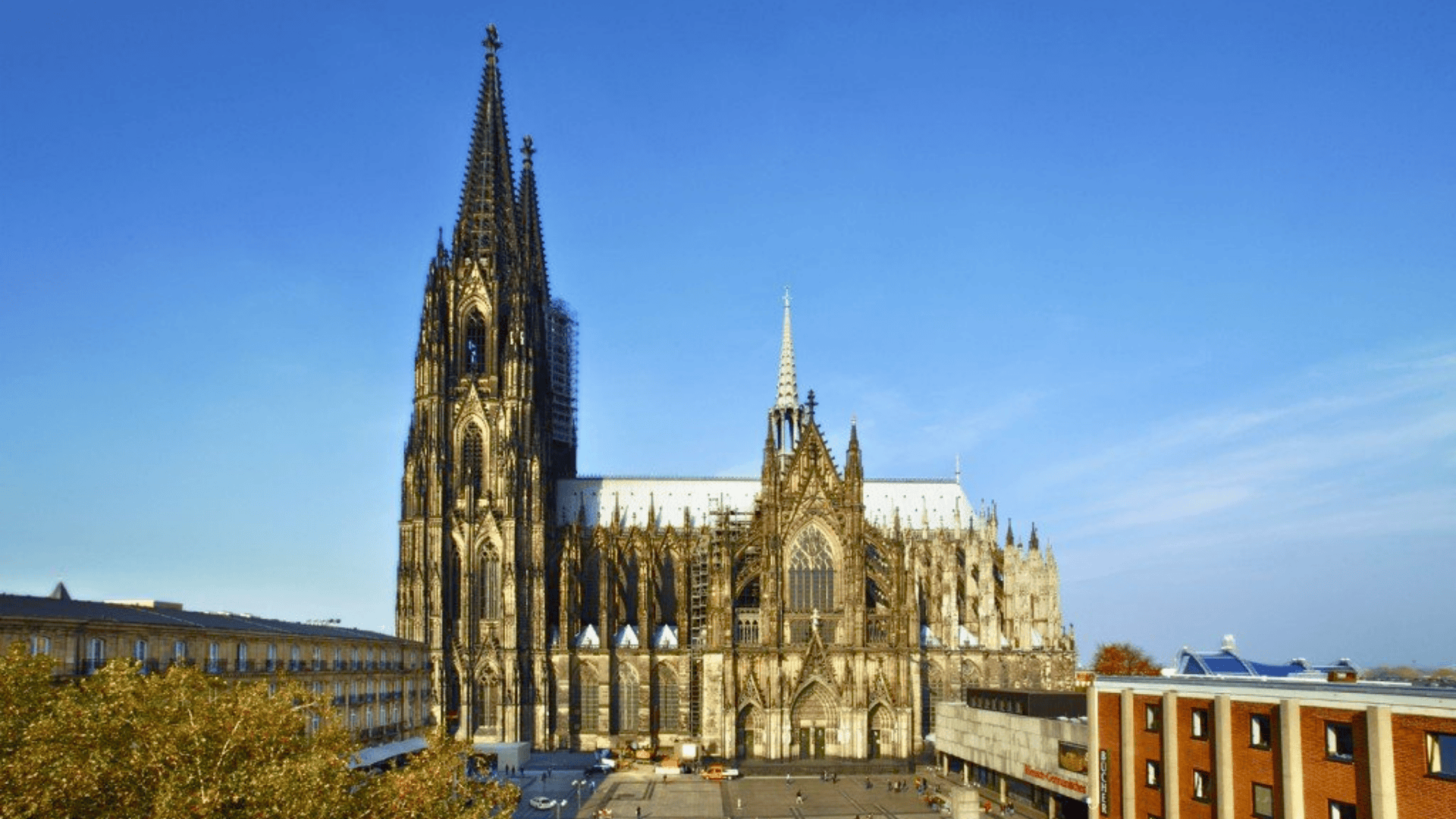
Gothic architecture began in the 12th century and changed the way churches and cathedrals were built. It used pointed arches, flying buttresses, and large windows, which made buildings taller and let in more light.
The idea was to create buildings that reached toward the sky. Cologne Cathedral and Ulm Minster are two famous examples of Gothic design.
Cologne Cathedral is known for its tall spires and detailed decorations. Ulm Minster has the tallest church spire in the world, showing the Gothic focus on height and light.
Both of these buildings were designed to make people feel amazed and uplifted.
4. Renaissance Architecture

Renaissance architecture marked a return to classical styles. Inspired by ancient Greek and Roman designs, it focused heavily on symmetry, proportion, and balance.
This style was used in palaces, churches, and public buildings. Heidelberg Castle and Würzburg Residence are great examples of Renaissance architecture.
The buildings were designed to look both beautiful and balanced, with clear lines and harmony. The use of columns and domes gave these buildings a sense of strength and grace.
5. Baroque Architecture
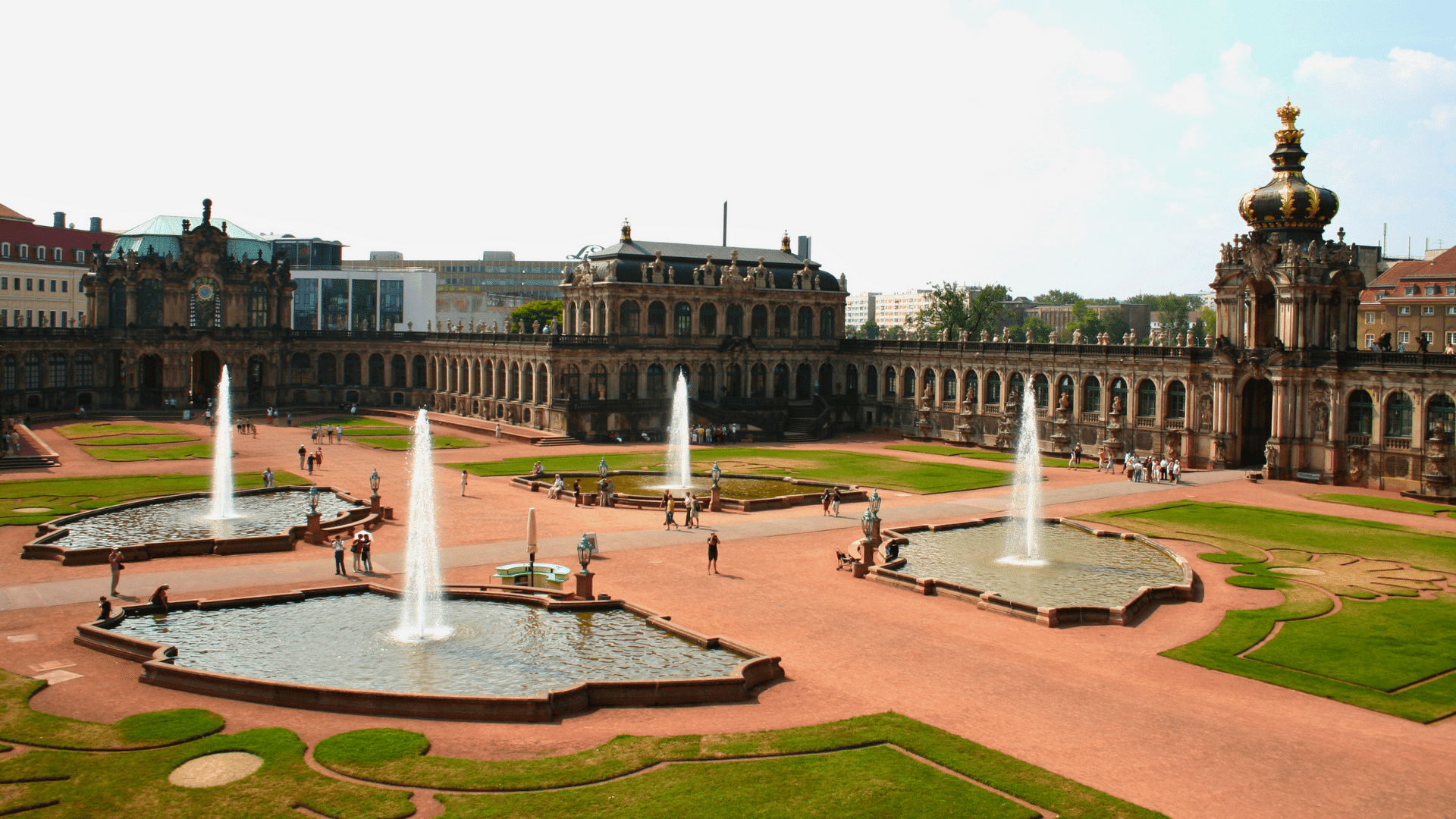
Baroque architecture is known for its ornate details, large domes, and decorative frescoes. The style was meant to impress and show power and grandeur, often through elaborate decorations.
Zwinger Palace and Dresden Frauenkirche are key examples of Baroque buildings in Germany. These grand buildings are filled with intricate designs.
The focus on drama and emotion in Baroque architecture made these buildings feel alive with movement and energy. The use of curves and rich details created a sense of awe and beauty.
6. Rococo and Neoclassical Architecture
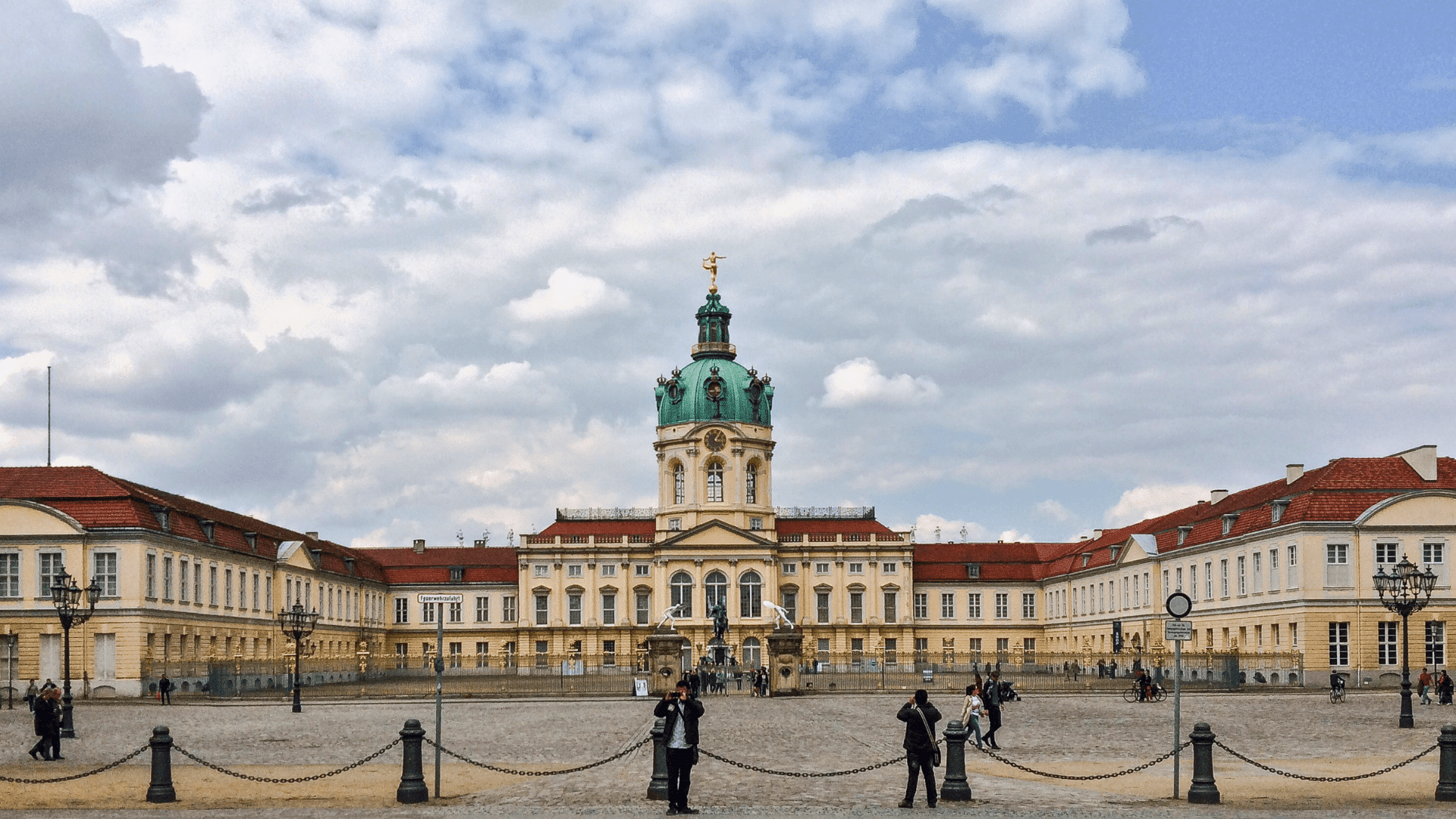
Rococo architecture is known for its delicate detailing and elegant designs. It was often used in palaces and churches, where the goal was to create a light, airy feel with lots of decorations.
Charlottenburg Palace and Sanssouci Palace are famous examples of Rococo architecture. These buildings feature soft curves, beautiful frescoes, and intricate designs.
Neoclassical architecture followed the Rococo period. It returned to simpler, cleaner lines and focused on classical forms.
Both styles continue to influence the design of palaces and important buildings.
19th and 20th Century German Architecture
1. Bauhaus Architecture
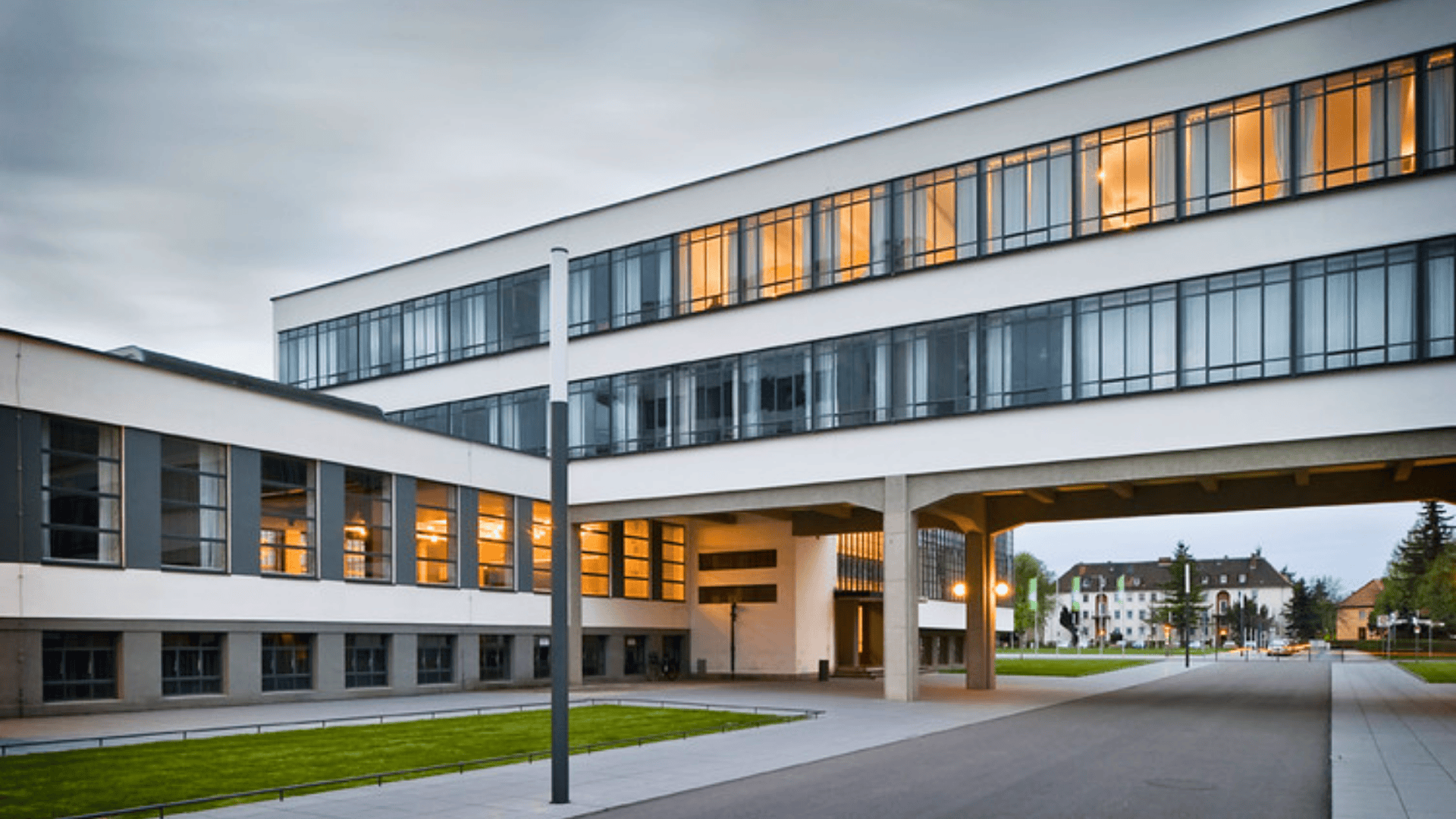
Bauhaus architecture focuses on modern design principles. It is about function, clean lines, and simplicity. The goal is to make buildings practical and easy to use without extra decoration.
The Dessau Bauhaus School and Berlin’s Bauhaus-style homes are two examples of this style. These buildings are known for their use of glass, steel, and simple shapes.
Bauhaus design was new and changed how buildings were made. Its focus on simplicity still influences design today.
2. Jugendstil (Art Nouveau)
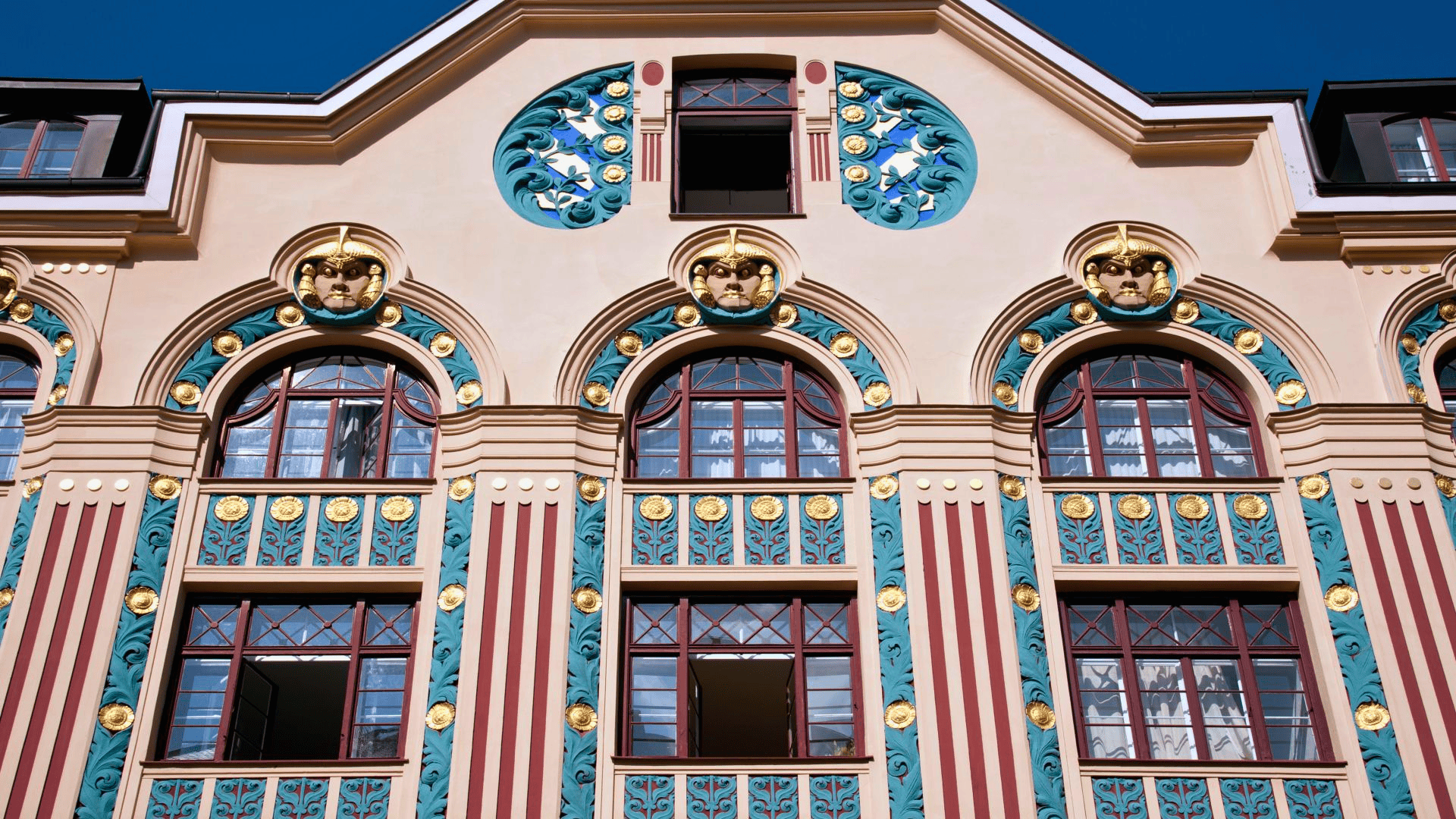
Jugendstil, or Art Nouveau, is known for its curved lines, nature-inspired designs, and flowing shapes. This style aimed to connect buildings with nature.
Famous examples of Jugendstil architecture include Augsburg’s Art Nouveau houses and Munich’s Jugendstil buildings. These structures feature beautiful details like flower patterns and curves.
Jugendstil brought elegance and beauty to buildings, combining art with architecture.
3. Expressionist Architecture
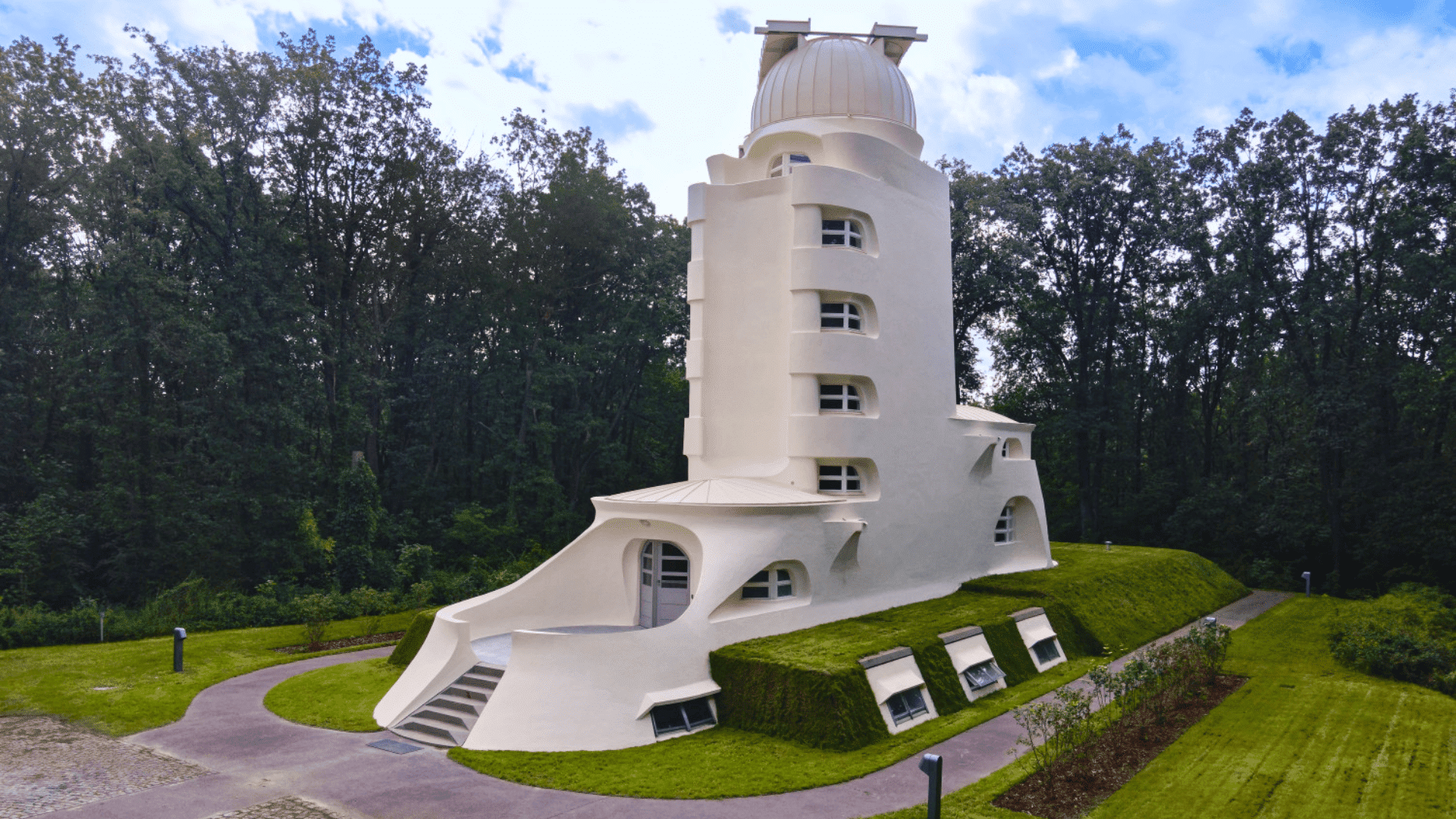
Expressionist architecture is known for its bold, dramatic designs, which use unique, stand-out shapes.
Key examples of Expressionist architecture include The Einstein Tower, and Cologne’s Theater am Dom. These buildings have unusual shapes and curves that make them eye-catching.
Expressionist architecture is all about creativity and making a strong impression.
4. Historicism and Revivalism
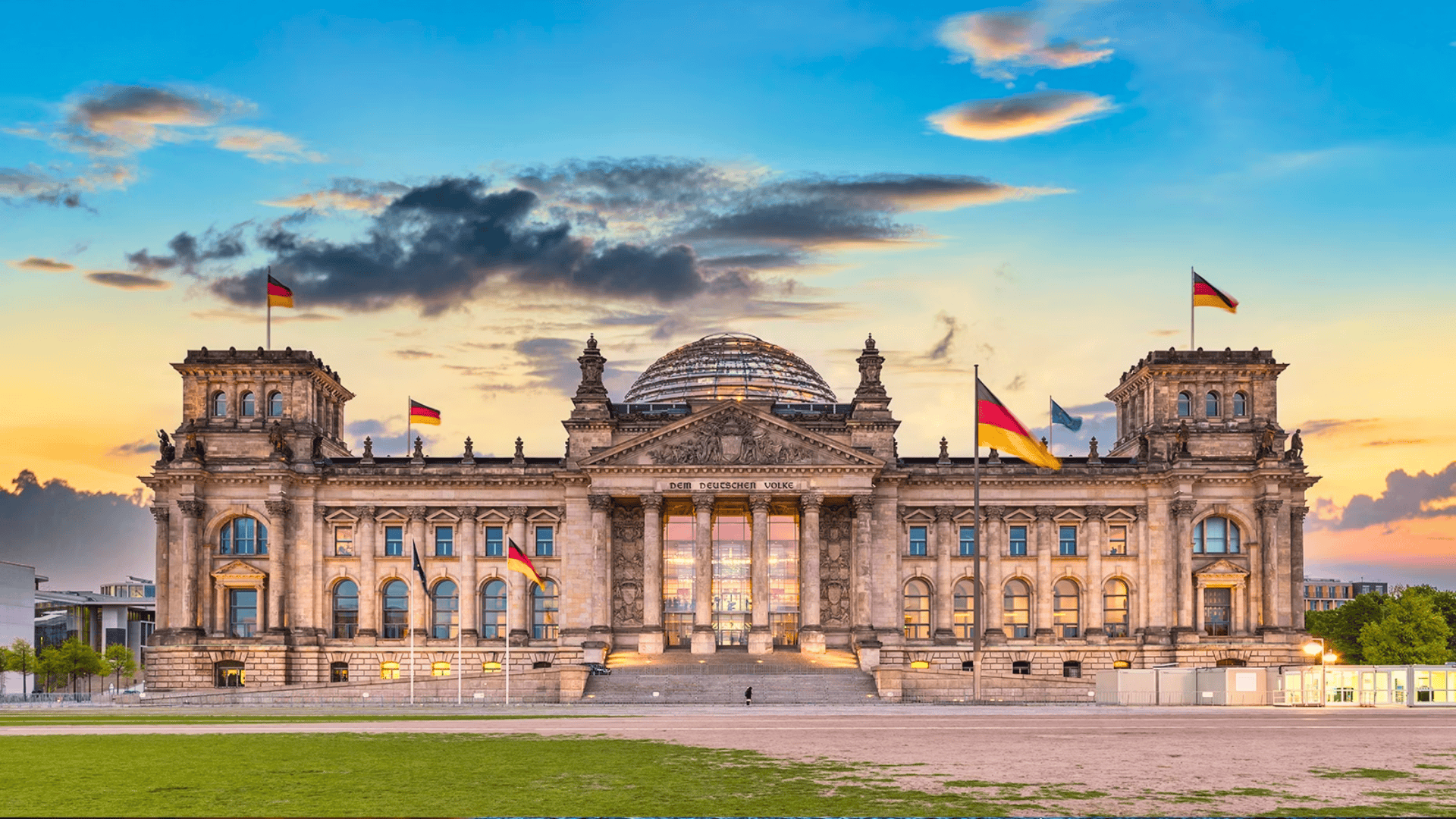
Historicism and Revivalalism refer to earlier building styles, such as Romanesque, Gothic, and Renaissance. This style became popular in the 19th century to reconnect with the past.
Notable buildings from this period include the Reichstag and the Kaiser Wilhelm Memorial Church. These buildings mix old styles with new construction methods.
Historicism and Revivalism helped create buildings that respected the past while using modern ideas.
Iconic Half-Timbered Homes in Old German Architecture
Fachwerk homes, or half-timbered houses, are a well-known part of old German architecture.
These homes feature exposed timber frames with materials like brick, plaster, or wattle and daub filling the spaces between the beams.
The timber frame is the main structure, while the infill materials add strength and character. The exposed beams give these homes a unique, charming look that continues to be admired today.
Regional Styles and Examples
Different regions in Germany have their style of half-timbered houses. Quedlinburg is famous for its well-preserved timber-framed homes, with buildings that date back hundreds of years.
Rothenburg ob der Tauber also has many beautiful half-timbered houses. The town has a fairy-tale feel, with its colorful, timber-framed homes lining the streets.
These homes continue to capture the charm and history of Germany’s architecture.
Regional Variations in Old German Architecture
1. Bavarian Style Architecture
Bavarian-style architecture is known for its chalet-like buildings and alpine roofs.
These homes are often built to withstand heavy snow, with steeply sloped roofs that help snow slide off.
The walls are often frescoed with colorful designs, showcasing scenes from nature or religious themes.
Onion domes are also a common feature in Bavarian churches, adding a unique touch to the architecture.
2. Saxon and Franconian Towns
In Saxon and Franconian towns, you’ll find homes with unique timber patterns and layouts that make each village special. The villages are often built with narrow, winding streets that add to their charm.
The homes in these areas are usually painted in vibrant colors, making them stand out. These colorful exteriors give each town a lively and welcoming feel.
3. Frankfurt’s Old Town and Modern Restoration
After WWII, Frankfurt’s Old Town was largely rebuilt. Many of the old façades were preserved, while modern design was added to create a blend of the past and present.
The restored buildings keep the historic charm, while new designs bring in a fresh look. This mix of old and modern makes Frankfurt’s Old Town a unique place to visit.
Notable Old German Buildings and Landmarks
1. Cologne Cathedral
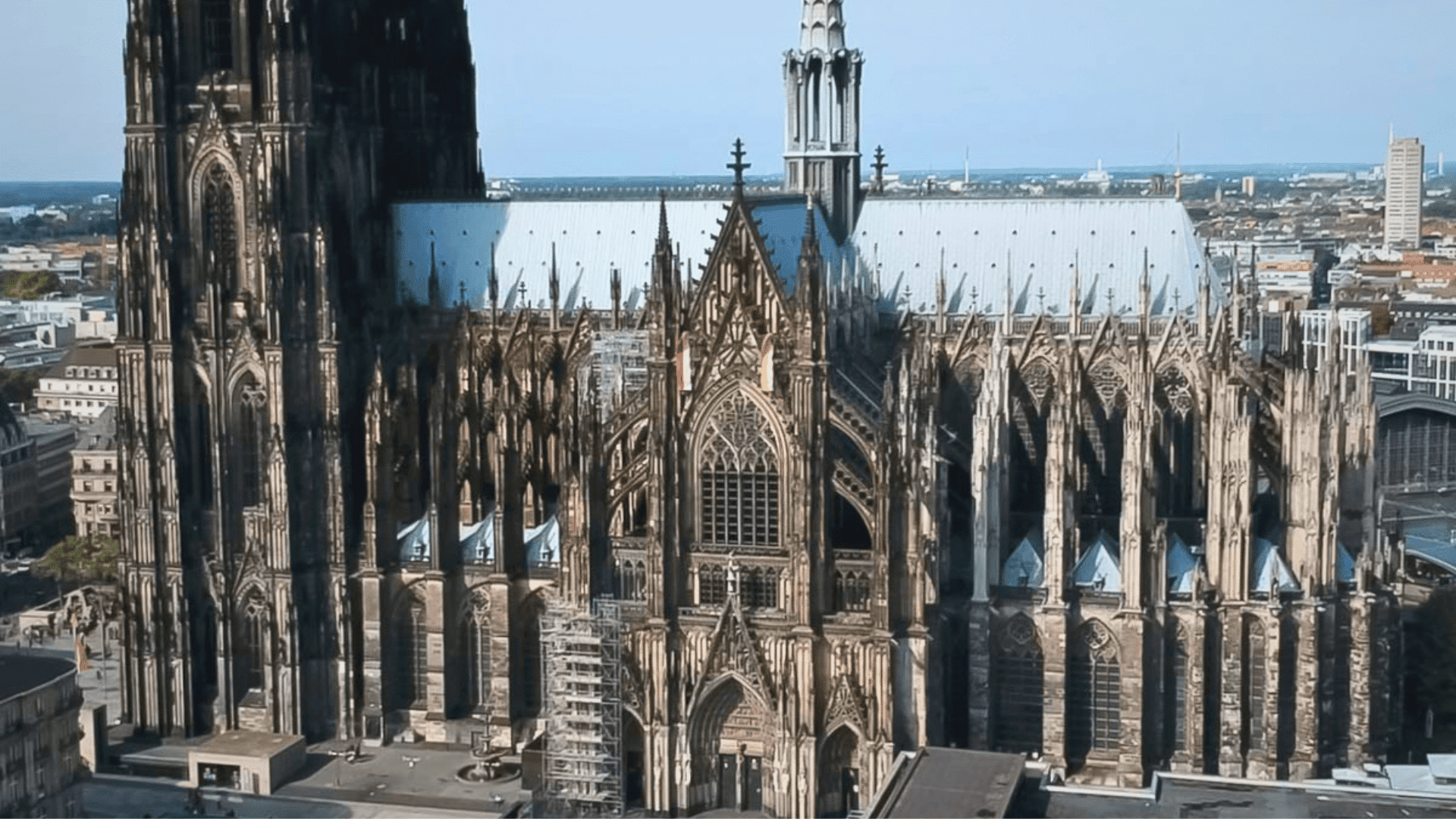
Cologne Cathedral is one of the largest Gothic cathedrals in Europe, famous for its towering spires and intricate stained glass windows.
It took over 600 years to complete and remains an iconic symbol of Germany’s architectural history.
- Type: Cathedral
- Style: Gothic
2. Trier’s Porta Nigra
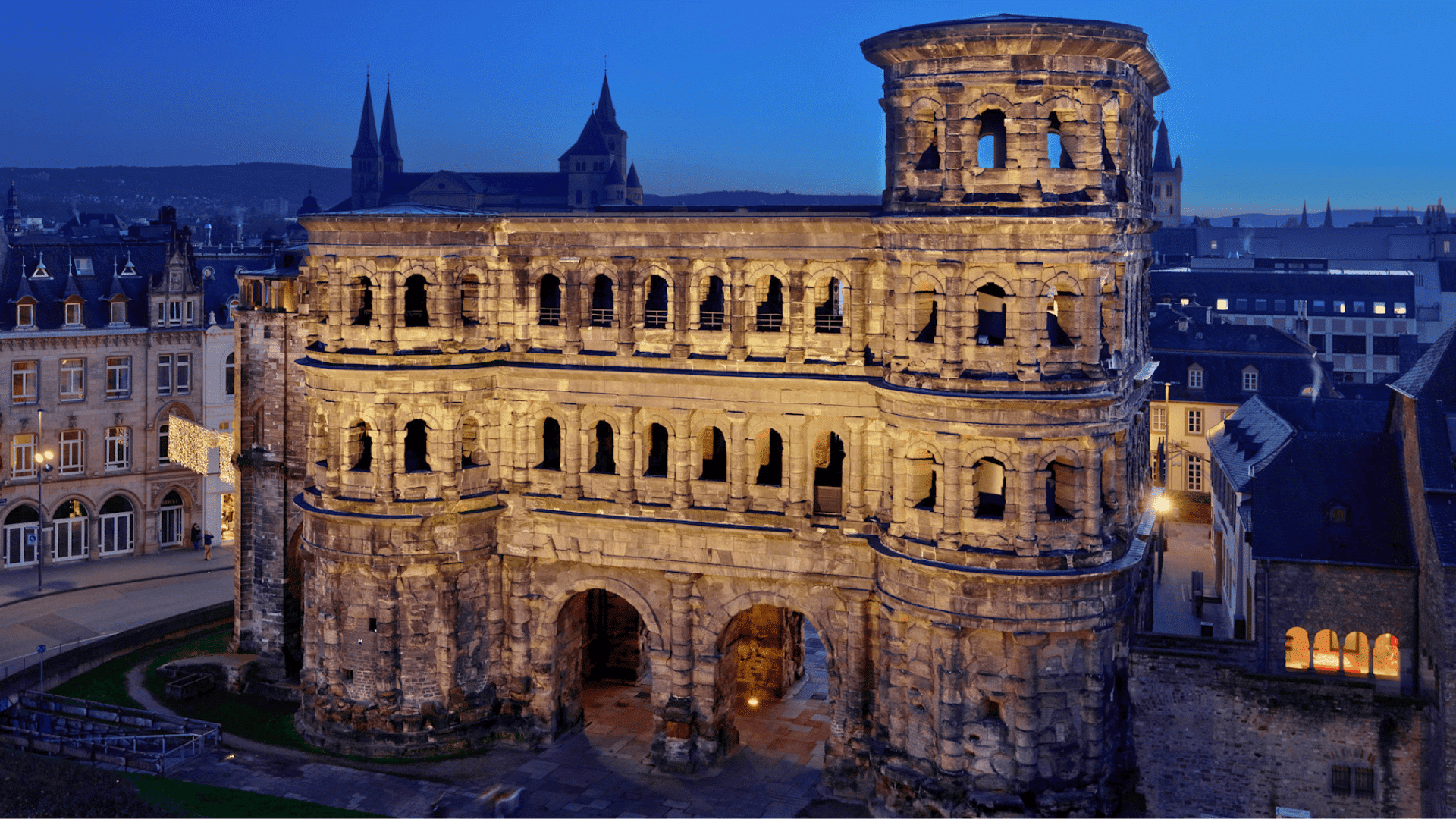
The Porta Nigra is a Roman city gate in Trier, built in the 2nd century. It is one of the best-preserved Roman gates in Europe, showcasing Roman engineering and military architecture.
- Type: City gate
- Style: Roman
3. Heidelberg Castle
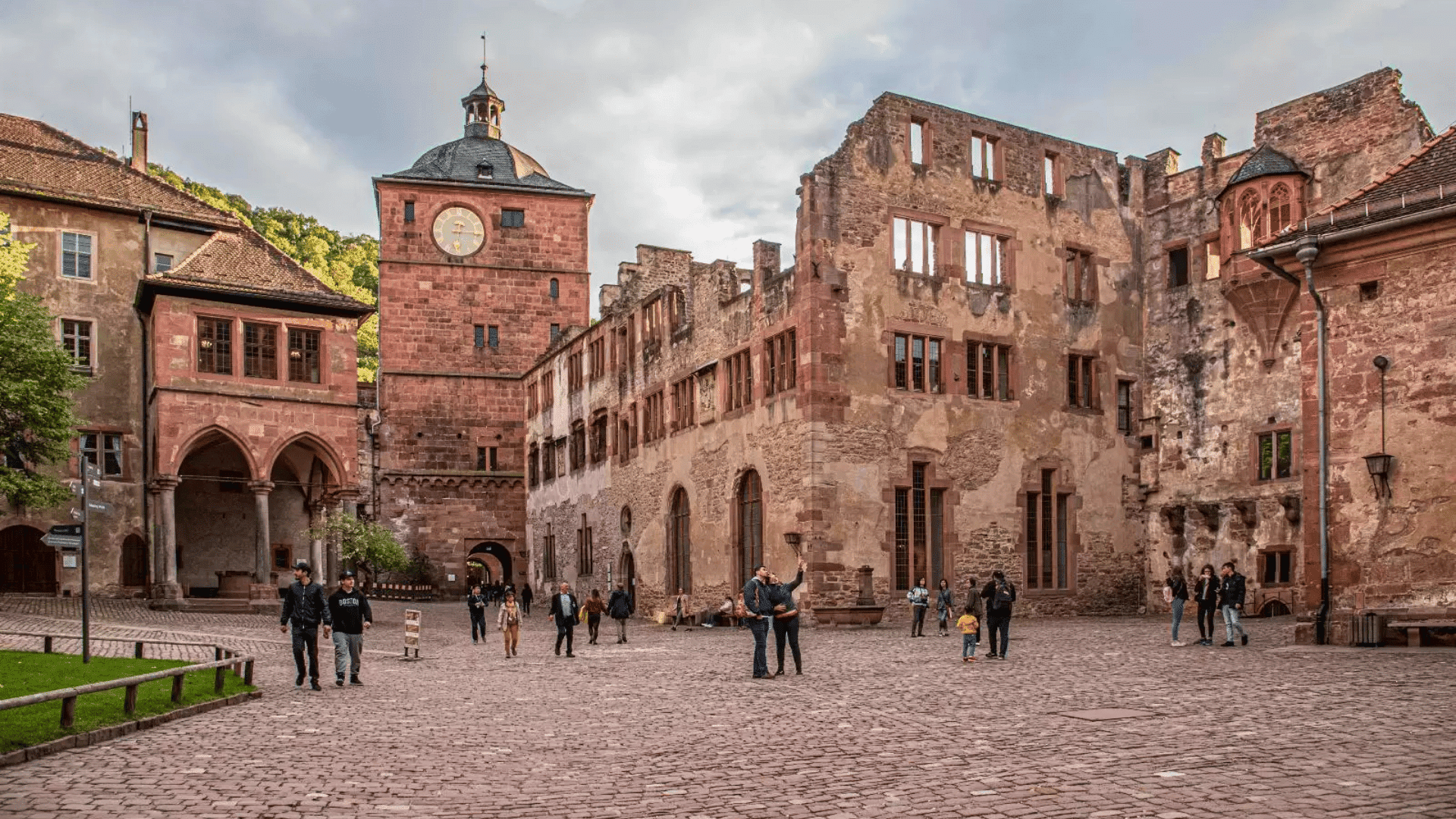
Heidelberg Castle blends Renaissance and Gothic styles, perched on a hill overlooking the city. The castle has been the site of many historical events and offers stunning views of the surrounding area.
- Type: Castle
- Style: Renaissance-Gothic
4. Neuschwanstein Castle
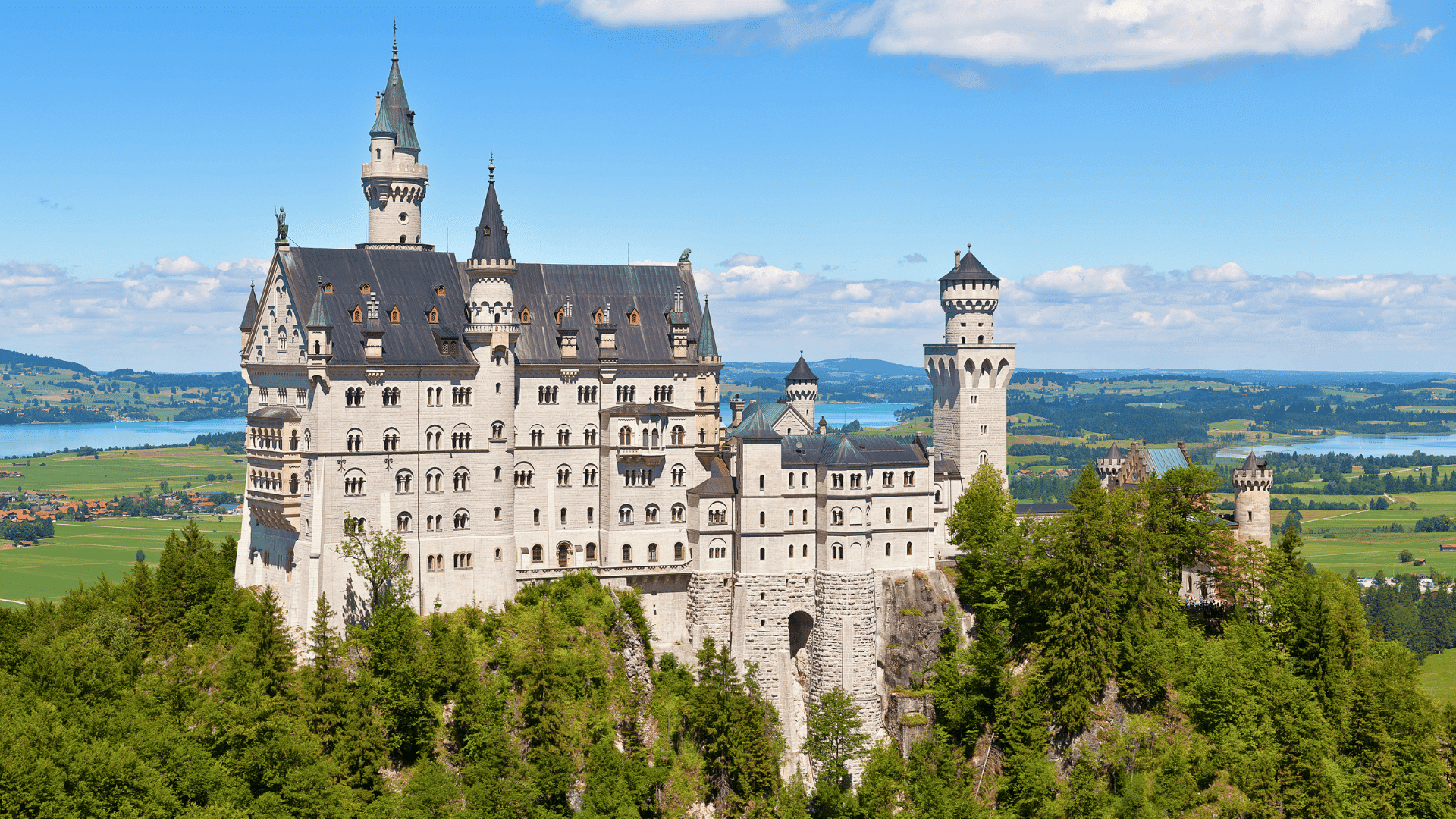
Neuschwanstein Castle is a fairytale-like castle built in the 19th century by King Ludwig II. Inspired by medieval designs, it is a prime example of the Romantic revival style.
- Type: Castle
- Style: Romantic revival
5. Speyer Cathedral
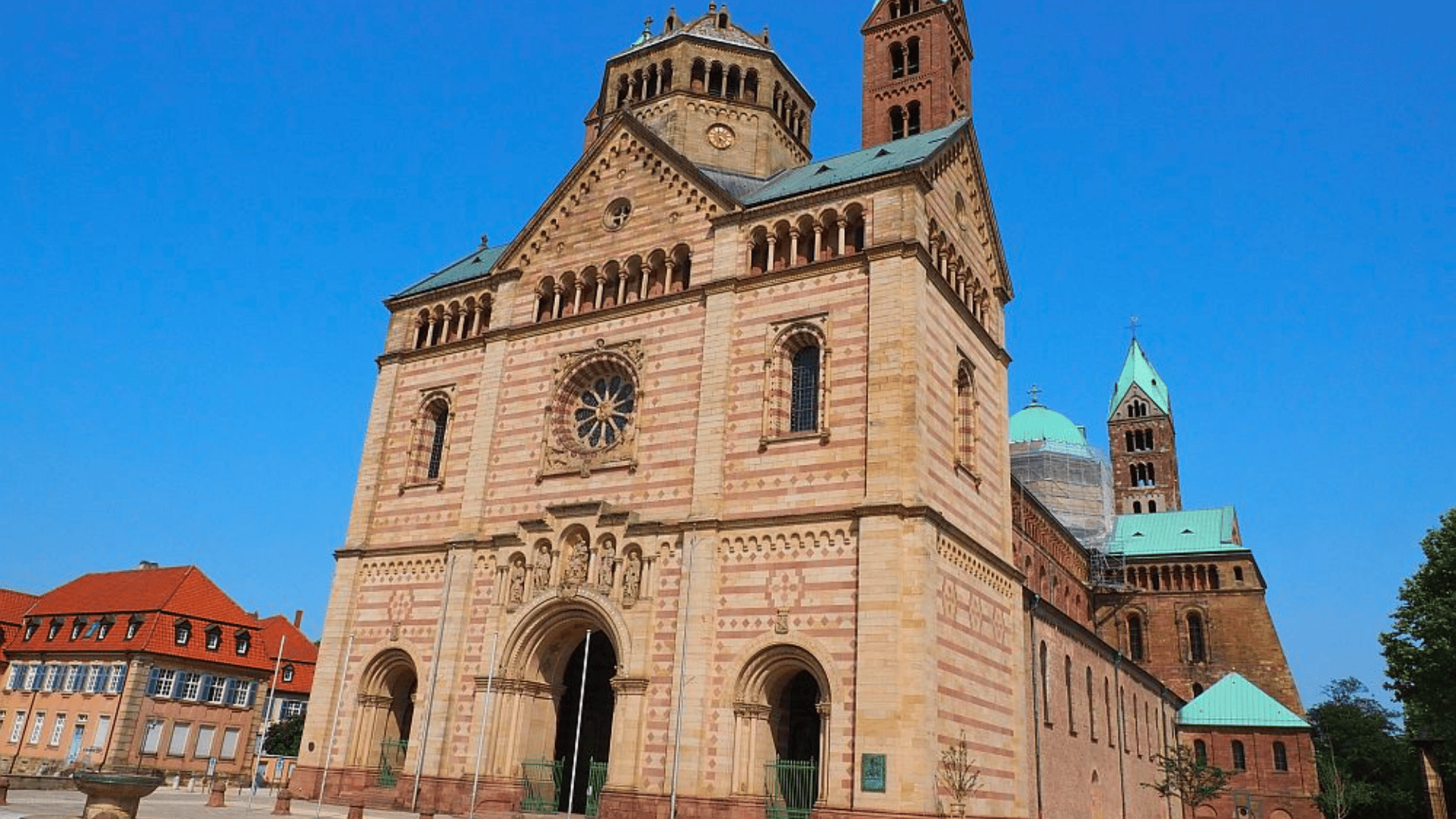
Speyer Cathedral is a major Romanesque church in Germany, known for its massive size and its status as a UNESCO World Heritage site. The cathedral’s architecture features thick walls and a simple yet grand design.
- Type: Cathedral
- Style: Romanesque
6. Würzburg Residence
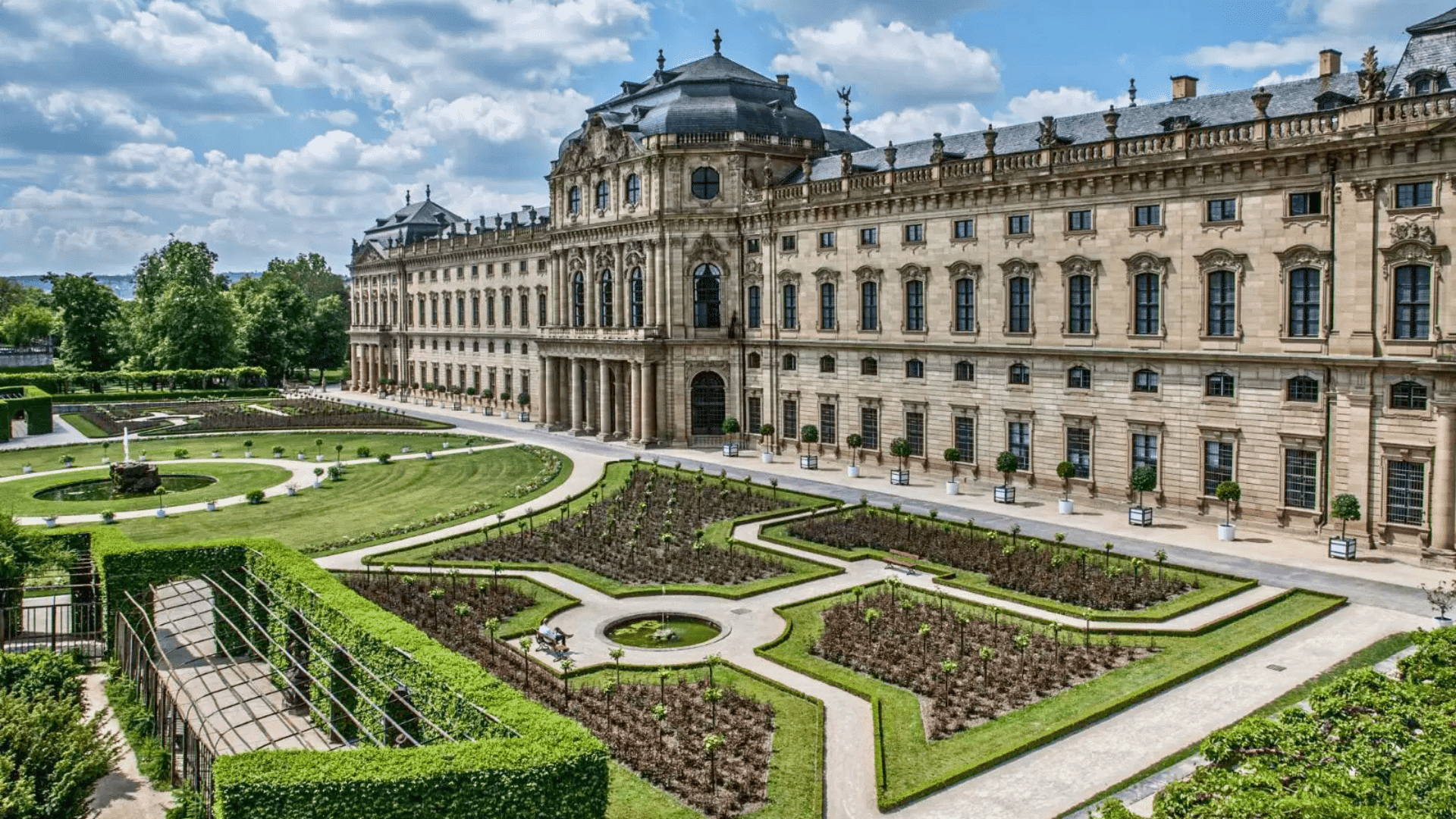
The Würzburg Residence is a Baroque palace with lavish interior designs and grand gardens. It was built in the 18th century and remains one of the most beautiful Baroque palaces in Germany.
- Type: Palace
- Style: Baroque
7. Sanssouci Palace

Sanssouci Palace, located in Potsdam, is a Rococo palace built for Frederick the Great. Known for its light and airy design, it features beautiful gardens and intricate interiors.
- Type: Palace
- Style: Rococo
Common Materials and Design Features
Timber, stone, brick, and clay tiles were the most commonly used materials in old German architecture.
Timber was often used in Fachwerk (half-timbered) houses, while stone and brick were favored for their durability in churches and castles.
Clay tiles were commonly used for roofing, especially in regions with wetter climates.
These materials helped with the strength and longevity of buildings while also adding beauty to the structures.
Roof shapes in old German buildings were often adapted to the local climate. In regions with heavy snowfall, roofs had steep slopes to allow the snow to slide off easily.
Flatter roofs were more common in areas with milder weather. The style and shape of the roof were practical and added to the overall look of the buildings.
Each region’s climate influenced how structures were designed to withstand the elements.
Conclusion
Germany’s architecture is a great way to learn about its history.
If you’re interested in these amazing buildings, visit them in person. You can also read more about their history online or in books.
Seeing these places or learning more about them will help you understand Germany’s culture and history.
Start planning your visit or look up more information today to see the beauty of Germany’s architecture!

